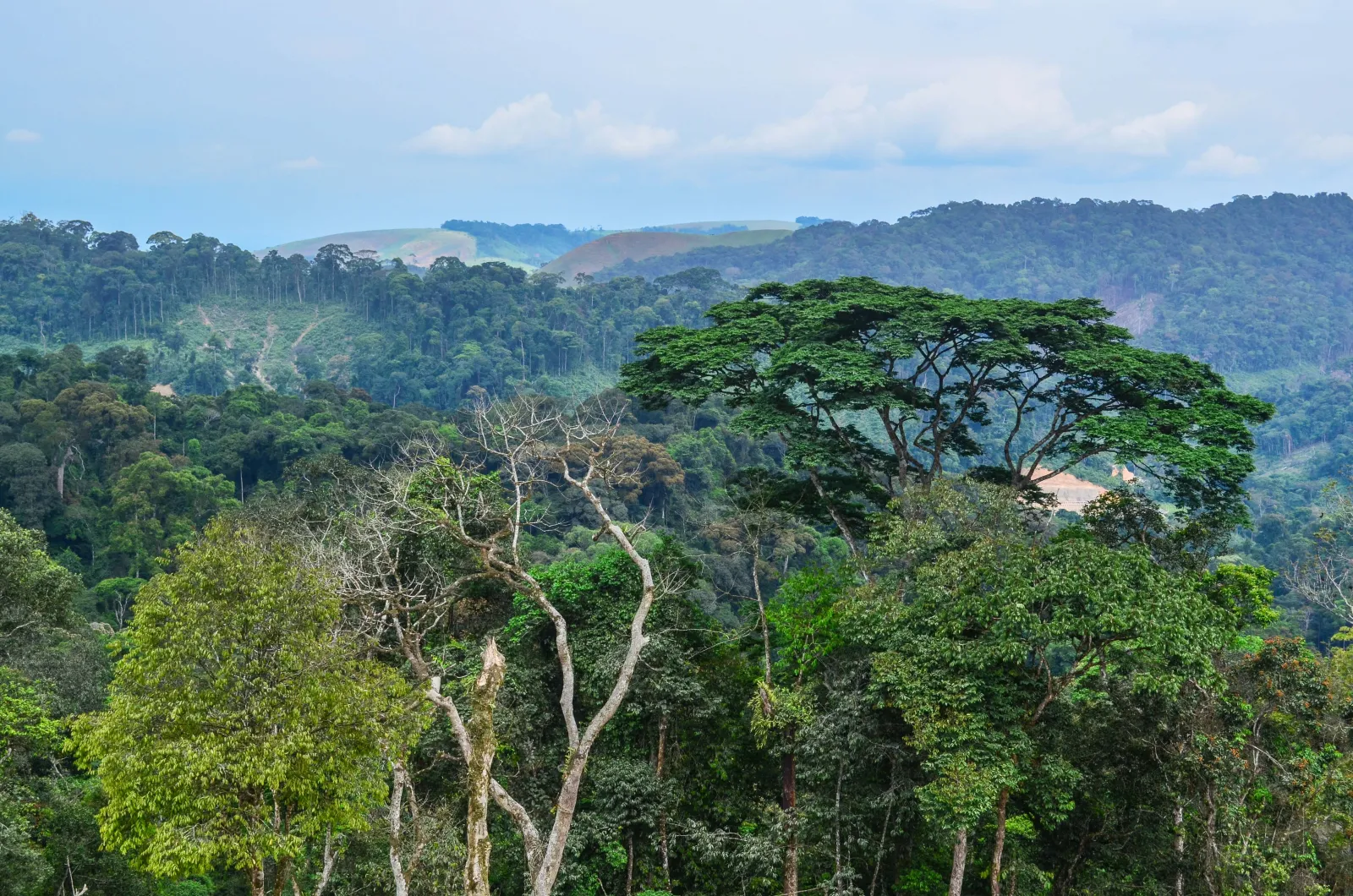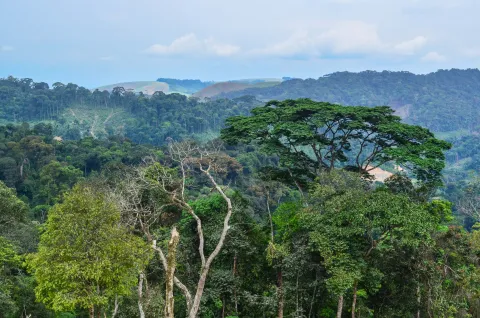Key Biodiversity Areas (KBAs) are the most significant sites on Earth for nature, ranging from vast deserts to the depths of the ocean. These areas are crucial for maintaining the health of our planet and ensuring various species can survive. The KBA Partnership is helping prevent the rapid loss of biodiversity. How? By supporting nationally led efforts to identify these critical places for the survival of unique fauna and flora – and the ecological communities they comprise – and then using them to guide conservation investment and action.
By mapping these key sites, and providing information about them, we aid governments, businesses, and communities to:
- Make informed decisions about land use.
- Understand where development should be avoided.
- Effectively protect the unique plants and animals that rely on these areas.
The success of safeguarding these sites is backed by 40 years of evidence showing that identifying and protecting biodiversity works. So far, over 16,000 KBAs have been mapped worldwide, helping to safeguard vital populations of more than 18,600 species.





